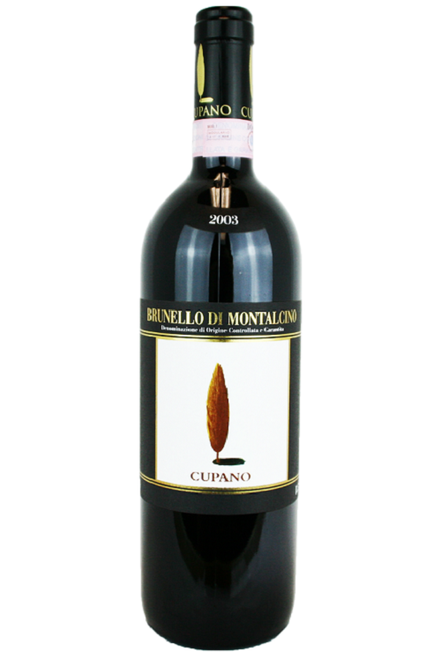There is no absolute definition of great wine. We like to believe we know it when we taste it and certainly, very experienced tasters will have a very good level of consensus as to the greatness of a specific bottle. But how do we get to greatness?
In most cases, enduring greatness comes about through a series of fortuitous events, inspired decisions, luck and talent. “Enduring greatness” describes wine that is consistently great over an extended period of time. Look at all the factors that must coalesce to achieve this:
-The best vineyards (terroir)
-The correct choices of grape variety and rootstock
-Correct soil preparation and planting
-Suitable trellising and vineyard management
-Recognition by all the players of the inherent potential
-Excellent people in the vineyard and the winery
This takes a long time. How did the first wine growers know to plant the “Golden Slope” Cote d’Or in Burgundy with wine grapes? How did they come, over time, to select Pinot Noir and Chardonnay? How did they come to define the very best terroirs as Grands Crus? Of course there was luck involved, inspired decisions and much trial and error. A continuous quest to do better to be greater continues to this day but in the great vineyards of Burgundy, Bordeaux, the Rhine, Champagne and many others, this is evolution not revolution, tinkering and honing rather than radical change. So does it really take hundreds of years to produce great wines, if at all?
Is it different in the new world? There is a reason countries like the USA, Chile, South Africa, Australia, New Zealand etc. are called the new world. Europeans arrived in these countries many years after the advent of winemaking in the old world. True, these countries had native populations, some with an understanding of fermented beverages, but not wine per se. Just as the Romans brought the vine to France, so the new adventurers brought the vine to the new world and planted it where they believed conditions were correct. Today we have great wines being produced in the new world in places as far apart as Australia and California and it did not take hundreds of years. But it still took many decades! Why the foreshortened time frame? Those that planted wine grapes in the new world knew a great deal more than their forbears. They knew climate requirements, meaning as a minimum, cool, wet winters and warm, dry, relatively long summers. They understood planting, cultivation, harvesting, wine and soil chemistry, and wine making. Still, inspired decisions and luck played a part. The Roman philosopher Seneca is reputed to have said that “Luck is what happens when preparation meets opportunity.” So, can we accelerate the discoveries of new great wines?
I would argue that we can. We now know so much more and we have tools, technology, climate records. We understand soil analyses, light quality, weather patterns and the ongoing improvements in vine husbandry. It still takes probably fifteen years for vines to begin bearing their most valuable fruit but we have eliminated a great deal of the risk by less guesswork, more deliberate, more knowledgeable decisions. We are no longer “wildcatting” in the vineyards!
Why does this matter? Is there any reason to look beyond the greatness that already exists? The answers are many. Mankind loves to explore. We climb Everest because “it’s there.” We plant vines on that hill because we have done our homework and we want to see what happens. We see economic opportunity and wish to capitalize. We are driven by ambition, passion and self-belief. This alone bodes well for an accelerated discovery of new great wines. But is this just vanity, one man’s search for greatness, one man’s wish to change the world, even if just a bit?
No, today there is a more serious and pressing reason. The general scientific consensus is that the world is experiencing manmade climate change. The world’s great vineyards are warming; what does this mean for the future of great wines. Let’s take Burgundy again. The commonly held view is that Pinot Noir prefers cooler climates and indeed, most of the new plantings for Pinot Noir are in cooler regions; Oregon and Sonoma Coast in the USA, Hemel-en-Aarde Valley in South Africa, Mornington Peninsula in Australia, New Zealand, particularly Central Otago, and numerous cool places in Chile. Europe’s producers are looking carefully at this. The Champenoise have long sought new world locations to make sparkling wines. Previously, this was largely due to the size limitations of AOC Champagne and the opportunity to bring their skills, knowledge, brands and vines to other regions; a fine investment in lower priced bubbly with impeccable credentials. Today they are beginning to invest in places like the UK. Perhaps UK vineyards in a couple of decades will have the kind of climate Champagne has today. All around the world, new vineyards are being planted with global warming in mind; higher, less sunny exposures, closer to the ocean.
Yes, it has taken a long time to make great wine. We are now in a race to drastically shorten that process!
Want to taste one of our numerous great wines?
Click on the bottle below.
Selected by Peter Koff MW
.
Want to receive complimentary educational posts via email?
Please subscribe below.
Copyright © 2018 GreatWine2U.com. All rights reserved.


